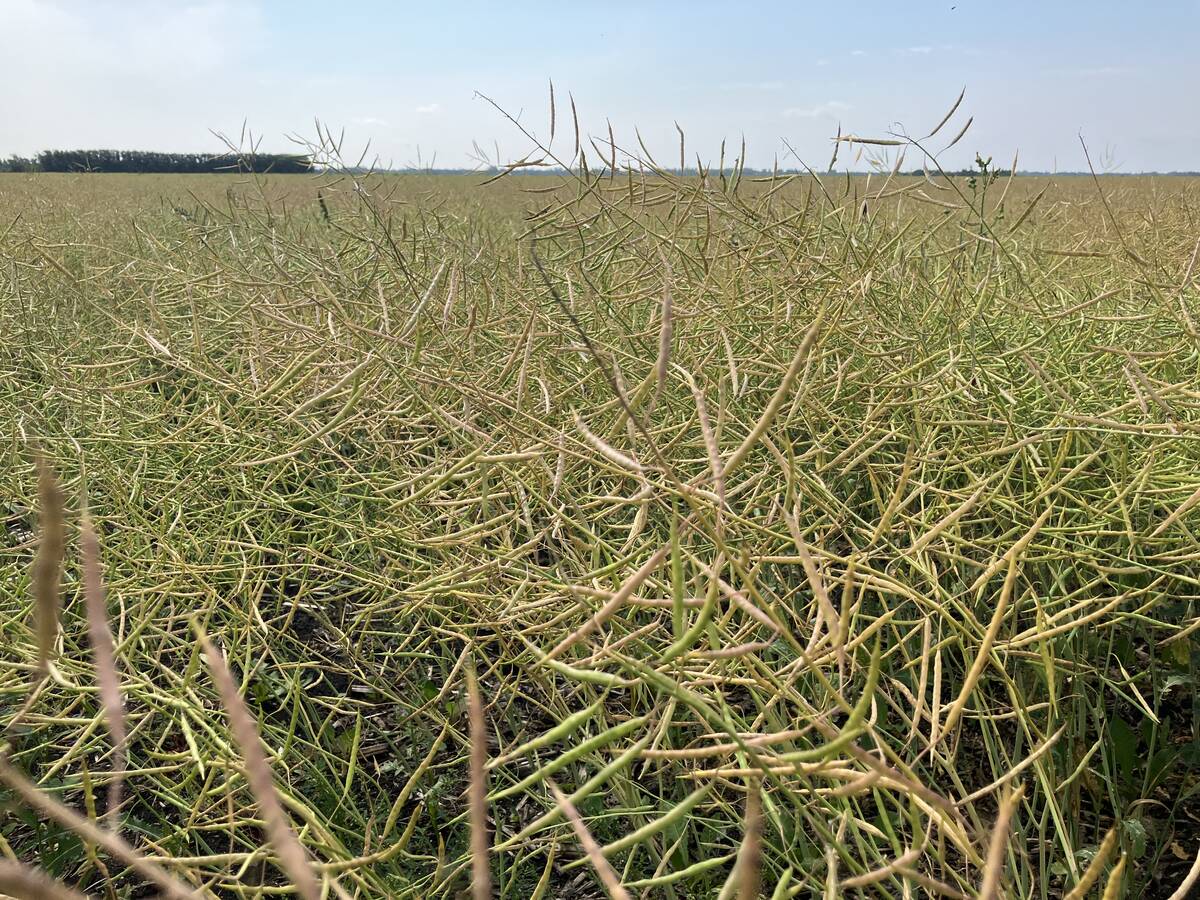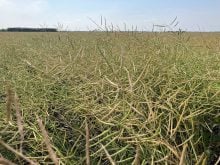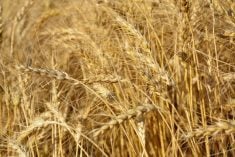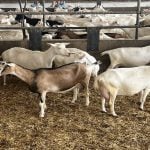The Deerwood and South Tobacco Creek management groups in southern Manitoba are good examples of how landowners might be able to work together in the future to confront the challenges they might face from climate change.
Cynthia Neudoerffer, a doctoral student in the University of Guelph’s School of Environmental Design and Rural Development, is writing a thesis on the Deerwood Soil and Water Management Association based on what she calls “building social and ecological resilience.”
Neudoerffer said she undertook the case study to show how local people can co-operate to manage the environment in a way that works with natural systems to build flexibility rather than constantly working against them.
Read Also

South American soybeans will have less impact on canola
South American production will, as usual, affect the global oilseed market, but Canadian canola is on the outside looking in until it can get China back or find alternative buyers.
“Broadly – without them ever stating this, because it was not their original intent – what they have done is essentially created a model for adaptation to climate change on the Prairies,” she said.
“Here’s a community group that actually started 20 years ago dealing with the kinds of environmental changes that are projected to worsen with climate change on the Prairies,” she said.
“I looked at what they’ve done and how they’ve done it, and what we can learn for future adaptation on the Prairies.”
The group’s 26 small dams designed to hold back peak flows could even out the peaks and valleys of more rainfall and longer droughts, she added.
Most prairie residents roll their eyes at the mere mention of “average” weather, but climate change is expected to super-size the range of variability in the climate, such as increases in the intensity of flooding and drought.
“Building resilience, in very simple terms, is the ability to absorb change,” Neudoerffer said.
“We want to increase the ability of our ecosystems to absorb change in the face of climate change.”
Her research found that farmers in the Deerwood area have shown a willingness to adopt other practices to preserve moisture, such as reducing tillage, planting shelterbelts, converting fields to forages and stabilizing gullies.
“They have drought-proofed on the other side,” she said. “They have done a lot of things that we learned from the droughts in 1930s and the 1980s that we know do help.”
Seemingly insignificant measures, when put together, could make a big difference in an uncertain future.
“We’re not going to do one big project in order to adapt to climate change. It’s all the little things cumulatively that will actually make a difference.”
By defying the bureaucrats and insisting on retaining local control over their environment, the Deerwood landowners’ decision to build a series of small dams has avoided putting all their eggs in one basket and diversified risk.
“One big dam can fail, whereas a lot of small dams are like having a whole bunch of little insurance policies.”
She said the Tobacco Creek watershed is an excellent example for the Prairies of a community-driven solution to a local problem.
“It has been driven by the farmers since Day 1. They were the ones who wanted it, and they were the ones who organized it. They really pushed the government.”














